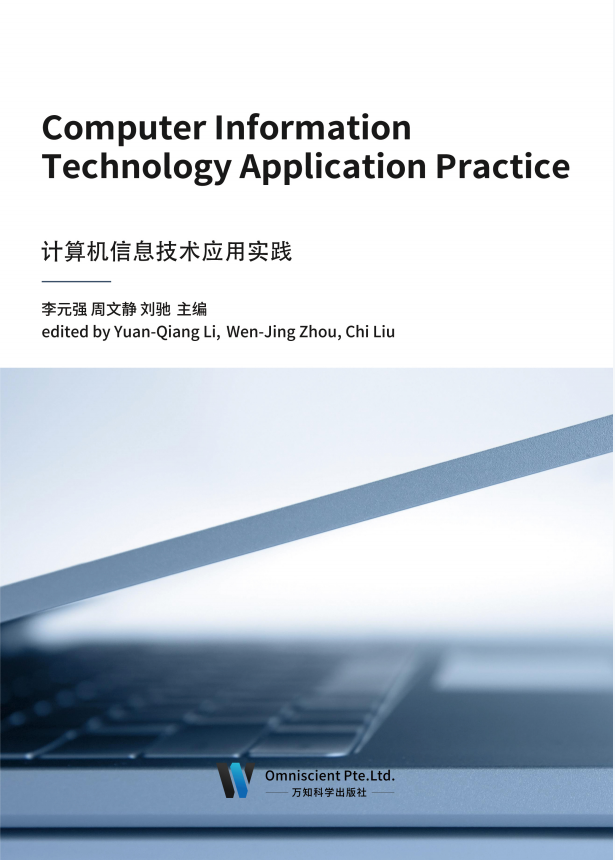
21世纪是信息技术高度发展且得到广泛应用的时代,信息技术从多方面改变着人类的生活、工作和思维方式。每一个人都应当学习信息技术,应用信息技术。人们平常所说的计算机教育,其内涵实际上已经发展为信息技术教育,内容主要包括计算机和网络的基本知识及应用。对多数人来说,学习计算机的目的是利用这个现代化工具工作或处理面临的各种 问题,使自己能够跟上时代前进的步伐,同时在学习的过程中努力培养自己的信息素养,使自己具有信息时代所要求的科学素质,站在信息技术发展和应用的前列,推动我国信息技术的发展。信息技术主要是指在数据和信息的创建、存储和处理以及知识的创造中使用的大量物品和技能。信息技术包含了计算机、通信网络和信息技术的知识这三个主要成 分,其核心为多媒体和网络技术。本书是在计算机信息技术理论及研究的基础上,主要讲述了计算机信息技术各方面的基础和专业知识,并结合目前社会应用实际,重点介绍计算机技术、信息技术与信息系统、计算机网络技术应用、数字媒体技术、新信息技术应用、计算机网络安全技术、网络信息安全技术与应用等内容。本书的特色在于对计算机信息技术在信息化建设与管理中的应用及发展进行了相关说明。本书的意义在于加强计算机信息技术基 础知识的普及,培养相关的高素质人才,促使人们学会利用计算机技术分析、解决各种问题,培养其处理数据、获取信息的意识和能力,从而形成信息时代创新人才所必需的信息素养和信息能力,并在实际工作中更好地应用计算机信息技术。本书旨在抛砖引玉,希望计算机信息技术在不断地探索中继续向前发展。
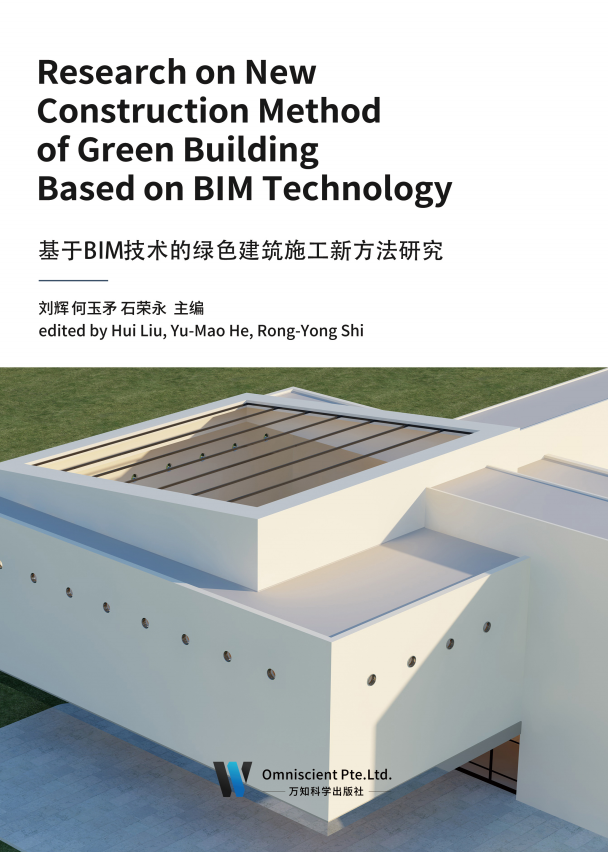
BIM技术在建筑领域获得了广泛应用与认可,与此同时,随着可持续发展理念的不断推广以及人们绿色环保意识的提高,绿色建筑越来越受到人们的追捧,舒适、节 能、可持续发展将是未来建筑建造的主旋律,因此探究日照、热环境、声环境等环境 条件对建筑的影响在建筑设计阶段就显得十分必要。BIM技术又叫建筑信息模型,它主要是有效地整合相关数据,将数据全部转换成基本数据,然后进行建筑物的模型确立,合理地对相关数据进行录入。就目前的情况 来看,BIM技术主要有五个特点,即可视性、协调性、模拟性、优化性和图表性。目前将BIM技术应用于绿色建筑设计管理中具有非常重要的作用,其主要是利用数字化模拟特点的优势,不断优化工程管理,从而能够更好地确保工程质量,促进绿色建筑建设发展。当前,在我国的建筑行业中,绿色建筑已经成为关注的重点,为了能够遵循可持续发展理念,也为了能够在一定程度上实现节能减排,建筑行业必须要开展绿色建筑路线,以绿色建筑理念作为建筑发展趋势。而BIM技术则是指通过可视化和仿真化的 技术对建设工程中的信息进行汇总管理,而BIM技术作为一种新兴的技术手段,在建 筑工程施工中已经体现出其独特的价值,并且BIM技术遵循了绿色建筑理念,能够有 助于建筑工程节能减排,实现绿色环保。本书主要对基于BIM技术的绿色建筑施工新方法进行研究,文中对BIM技术和绿色建筑的相关内容做了简单的概述,并对结合理论实践,对绿色建筑施工和BIM技术在绿色建筑施工中的相关应用展开了详细的研究探讨,希望能为相关领域工作者提供宝贵的经验,推动我国绿色建筑工程的良性发展。
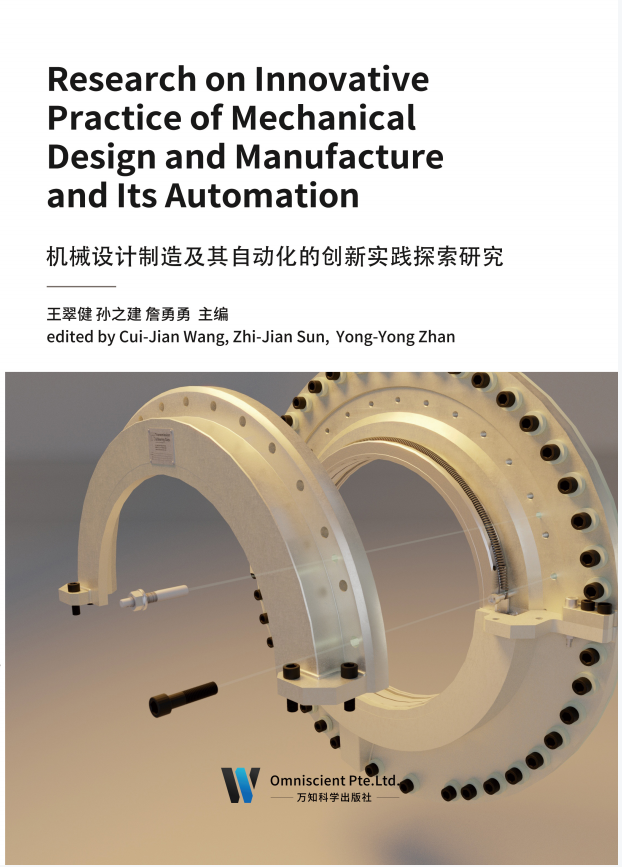
随着我国科技水平的不断提高,我国的互联网技术也越来越成熟,智能自动化技 术就是在机械设计中将机械和计算机有效地结合起来。机械制造业是工业发展中的重 要力量,目前机械制造行业中使用智能化自动技术的范围越来越广泛,在机械制造中 融合了现代化的控制技术和互联网技术,使我国的机械制造行业得到了有效的提高, 有助于我国工业的进一步发展。 我国机械设计处于自动化技术的起步阶段。科学技术的发展日新月异,我国的机 械设计自动化进程还有很长的一段路要走。在自动化发展的道路上,机械设备生产企 业应当逐步实现机械设计自动化的信息化改进,完善生产设备的自动化应用,增加在 设计过程中的虚拟技术的应用,为我国的机械自动化设计做出贡献。 对于我国机械制造领域的发展,国家一直比较重视,也投入许多的人力物力给予 足够的支持。我国机械工程的发展迎来了一波新的高潮,尤其是智能制造技术在各行 各业都得到了应用与普及。而智能制造技术的有效应用对于机械制造领域来说是一次 重要革命,除此之外,机械设计制造工艺与自动化技术的有机结合,还能够在最大程 度上将机械损耗率降至最低,以此来保证机械设备的利用率水平得到有效的提升。 本书主要对机械设计制造及其自动化的创新实践进行研究探索。通过对自动化技 术的合理运用,能够帮助机械工程将人力资源与资金的投入大大缩减,并且对于智能 自动化的应用,也能在生产过程中及时有效地对机电设备进行故障的诊断,确保其稳 定运行,为此对于机械工程自动化技术的不断创新发展,能够在保证高效率和高质量 的前提下,极大地推动企业经济的发展。
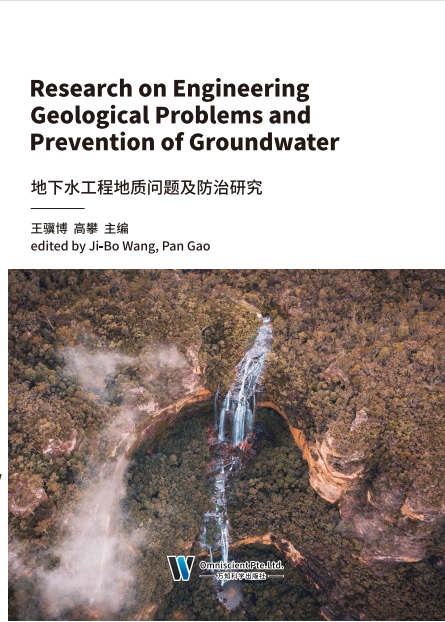
随着我国各项经济建设的高速发展,工程建设中的地下水问题越来越受到关注。 地下水是地质环境的重要组成部分,也是其中最活跃的因素。它对工程建设存在诸多 不利影响,制约着工程建设活动。地下水与岩土体相互作用,使岩土的强度和稳定性 降低,性能变差,从而产生各种不良地质现象,如滑坡、潜蚀、流砂、管涌、基坑突 涌、地面沉降、地裂缝、地面塌陷、砂土液化、路面翻浆、盐渍化、地基冻胀,海咸 水入侵等,给各种岩土工程的设计,施工和建筑物的正常使用造成困难与危害,甚至 酿成灾难性事故。因此,系统研究地下水引起的工程地质问题,并采取有效的防治措 施具有重要意义。 本书系统介绍了地下水概论、地下水的运动、地下水产生的工程地质问题及防 治、疏排水工程、基坑降水工程、地下水取水工程、地下水分析与评价,地下水保护 等内容。 通过对地下水引发的各种地质问题进行系统梳理和全面总结,针对工程建设中地 下水可能引起的工程地质问题与环境问题,系统介绍了地下水的基本知识、地下水的 运动规律、地下水产生的工程地质问题及防治、疏排水工程、基坑降水工程、地下水 取水工程、地下水分析与评价、地下水保护等内容,并给出了大量工程案例。本书可 作为水利工程、地质工程、岩土工程、建筑工程技术等相近专业的教学用书,也可供 交通、建筑、煤炭、水利、地质、铁道、冶金和建材等部门从事工程勘察、设计、施 工的技术人员和现场管理人员参考。 本书在编著的过程中,参考和学习了许多同行专家和学者的著作及研究成果,在此, 对他们辛勤劳动所取得的成果表示祝贺,对他们所提供的参考资料表示衷心感谢!
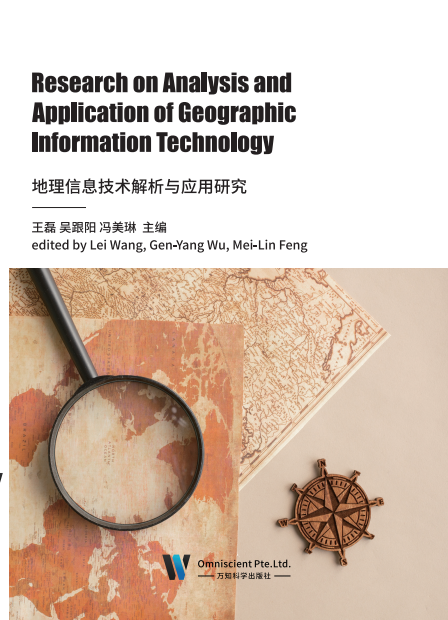
地理信息技术是指获取、管理、分析和应用地理信息的现代技术的总称,主要包 括但不限于遥感技术(RS)、地理信息系统(GIS)技术、全球导航卫星系统(GNSS) 技术和数字地球技术。 地理信息是指可以通过地图获取的、与地理空间位置相关的信息。地理信息是关 于地理实体的性质、特征和运动状态的描述。地理信息有时又称空间信息或地理空间 信息。地理空间是一类特殊的空间,这种空间是以大地坐标系统为数学基础的空间。 计算机技术、网络技术、通信技术和数据库技术是地理信息技术的基础,遥感 (RS)技术、地理信息系统(GIS)技术、全球导航卫星系统(GNSS)技术是地理信 息技术的核心,数字地球(DE)技术是上述地理信息技术与信息高速公路、高速网络 技术、大容量数据处理与存储技术、科学计算以及可视化和虚拟现实技术等的集成应 用技术。 全书内容涉及全球定位系统、地理信息系统、摄影测量与遥感、工程测量技术、 不动产登记与测绘、土地资源管理、测绘高等教育以及研究生论坛等。反映了测绘地 理信息技术在智慧城市建设中的前沿应用。本书内容广泛、丰富、翔实、实用,既有 在科研活动中提升的理论研究成果,也有来自测绘地理信息工程一线的经验总结,具 有一定的学术水平和较高的应用参考价值,适合测绘地理信息技术人员和测绘地理信 息类院校师生阅读参考。